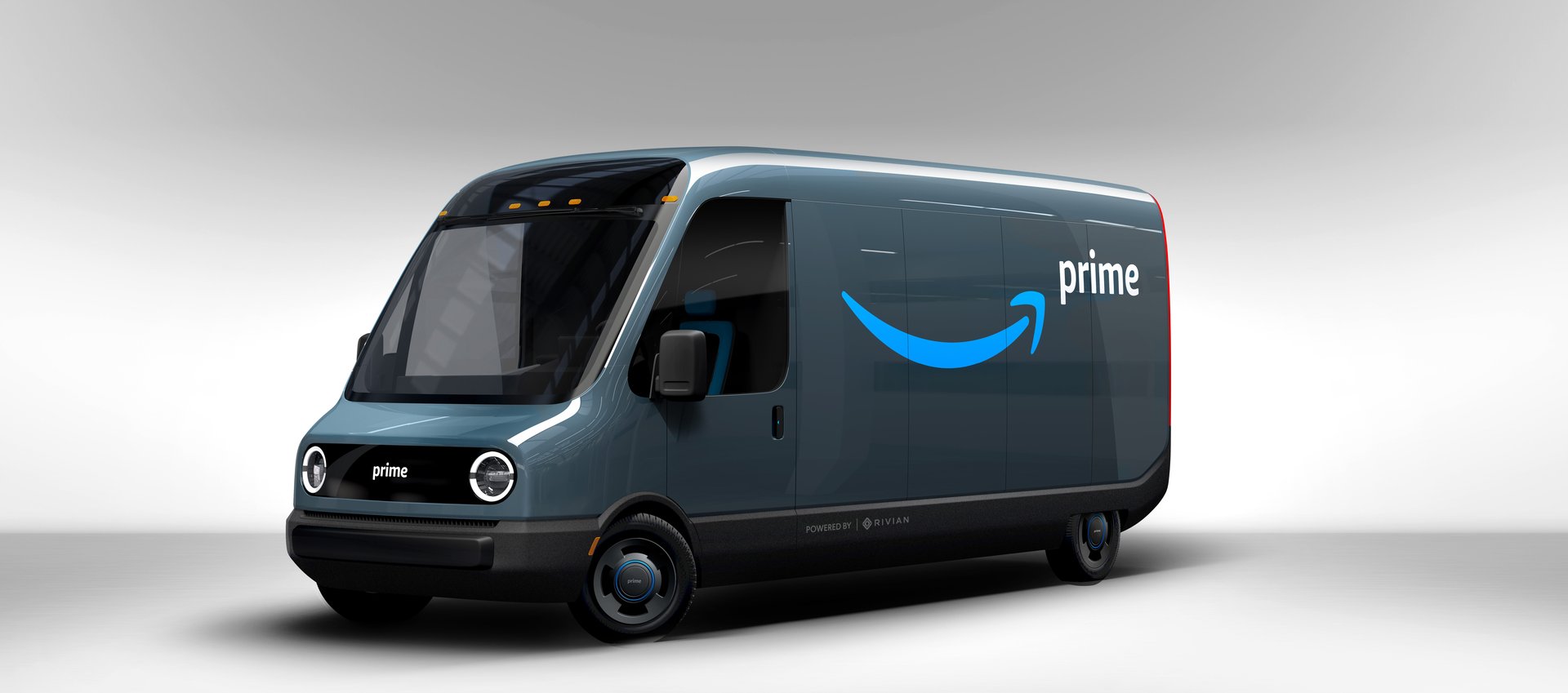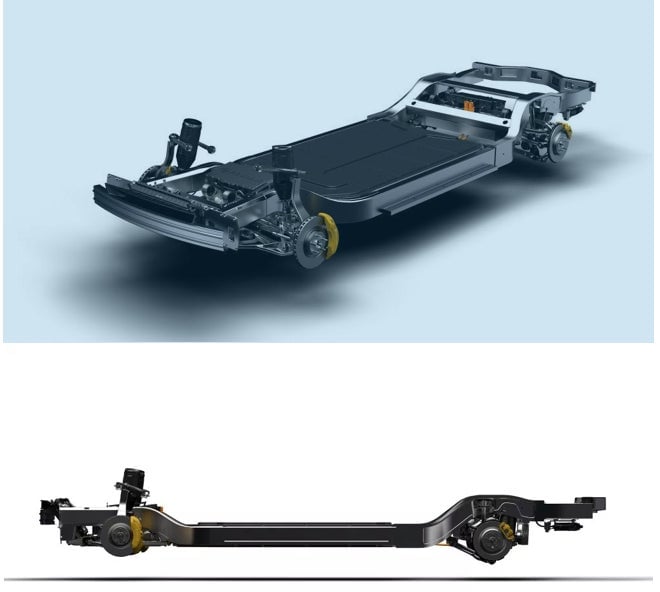Amazon orders 100,000 electric delivery trucks, doubling the fleet in Europe and North America
Amazon announced today (Sept. 19) it was buying 100,000 electric trucks from US electric-vehicle startup Rivian as part of its effort to eliminate the carbon footprint of the company by 2040. The order represents the largest purchase of light-duty electric vehicles (EVs) in history, and a turning point for the EV market which will now likely see fleets electrify faster than ever before.


Amazon announced today (Sept. 19) it was buying 100,000 electric trucks from US electric-vehicle startup Rivian as part of its effort to eliminate the carbon footprint of the company by 2040. The order represents the largest purchase of light-duty electric vehicles (EVs) in history, and a turning point for the EV market which will now likely see fleets electrify faster than ever before.
Amazon’s move came as part of a climate pledge to ensure its operations emitted net-zero greenhouses gasses before the middle of the century through its use of EVs, reforestation, and renewable energy. “If a company with as much physical infrastructure as Amazon—which delivers more than 10 billion items a year—can meet the Paris Agreement 10 years early, then any company can,” Amazon CEO Jeff Bezos said in a statement.
The scale is unprecedented, says Nic Lutsey, a program director at the International Council of Clean Transportation. Ikea announced in late 2018 that zero-emission trucks would make all home deliveries in five cities (Amsterdam, Los Angeles, New York City, Paris and Shanghai), but didn’t release precise numbers. Amazon’s purchase of 100,000 electric freight trucks roughly doubles the number of such vehicles in the world. There are an estimated 70,000 and 100,000 electric commercial trucks in all of Europe and North America, reports Lutsey, mostly smaller light commercial vans such as the Nissan NV200, Renault Kangoo, StreetScooter. While numbers are difficult to come by for China, analysts expect there to be around as many as Amazon’s single order today.
Amazon plans to have make its first deliveries with the vehicles by 2021 and have all of the new trucks on the road by 2030. “This is the order we’ve been waiting for. Game on for EV fleets,” Andrew Beebe, an investor at Obvious Ventures which invests in climate-related sectors, told Quartz. “The excuse-economy around EV fleet deployment just ended.”
Amazon’s actions will likely be a pivotal moment for the EV trucking industry. In February, Morgan Stanley’s analysts wrote that Amazon’s $700 million investment in Rivian is “not just the most significant milestone for EVs since Tesla’s 2010 IPO,” according to the note, but “it may prove to be the most significant milestone for all US autos for all of 2019.” Rivian has now raised $1.7 billion including major stakes from Ford and Cox Automotive. The company has not yet released a production vehicle, but says it plans to produce more than 60,000 vehicles by 2022.
Rivian has rocketed to visibility as its vision for electric trucks has attracted such attention and investment, theoretically giving Tesla a new rival on the block. The startup has been planning to produce electric “adventure” pickup trucks and SUVs with at least more than 400 miles of range and autonomy starting at $70,000. Its touts a massive 180 kWh battery pack (more than even Tesla’s largest 100 kWh option) encased in lightweight carbon fiber shell and a ballistic shield for worry-free off-roading. But Rivian’s decision to adopt what it calls a “skateboard” platform has proven key to its success.
Rivian’s heavy-duty skateboard chassis can support multiple different vehicle frames, an asset for Amazon’s vast freight delivery fleet. Unlike Telsa, which has redesigned its cars from scratch every time until the upcoming Model Y (which is based on the Model 3), Rivian’s common architecture in its skateboard, which comprises the brakes, suspension, batteries, and drivetrain, underpins all its vehicles. The company is also touting its digital brains: Rivian’s cars will learn from driver behavior to better manage batteries. It builds most of its physical components outside Detroit, and its software, battery, and control systems in San Jose, California. Vehicle assembly and production occurs at its 2.6 million square foot plant in Normal, Illinois.

Rivian, with Amazon’s help, is now poised to be a serious rival to Tesla. If it can dominate the light- and heavy-duty truck market, it will have nabbed on the most lucrative and largest markets from the US EV pioneer. Tesla, which has only just managed to ramp up production of its Model 3 sedan, plans to produce a hatchback Model Y next year, as well as a semi-truck and perhaps a pickup in the future—but those plans don’t seem to have left the drawing board. Rivian faces a herculean task ramping up so quickly, attempting to eclipse Tesla’s initial production numbers for the Model S and Model X out of the gate. Experienced carmakers such as Audi have been tripped up with similar production targets in their own EV program.
But where Amazon goes, so does the market. Cities are ideally suited for EV deliveries: dense predictable routes, intense usage, and start-and-stop driving. The economics of vehicle fleets means any savings, which are starting to be realized by EV fleet owners, means any shift will likely be followed en masse by competitors. With e-truck prices on the way down, and product volumes ramping up, the day could come much sooner than the market for widespread passenger EVs. (In the US, the EV market is currently dominated by Tesla’s costly vehicles, which account the vast majority of the market.) Amazon’s blockbuster into EV truck market is likely to be only the beginning.
Correction: The story has been corrected to raise the estimated number of electric light-duty trucks in the West to between 70,000 and 100,000, not a few thousand.